Module 3 - Benjamin-Mills
Module 3 - Benjamin-Mills
Module 3 - Benjamin-Mills
Create successful ePaper yourself
Turn your PDF publications into a flip-book with our unique Google optimized e-Paper software.
EP2.8<br />
Life reveals its twisted<br />
secret<br />
This activity will give you practice at composing a<br />
piece of scientific writing from a range of source<br />
materials.<br />
What you do<br />
Imagine that it is 1953. Francis Crick and James Watson have just announced a<br />
momentous discovery about the structure of DNA. You have been<br />
commissioned to write an article of 400–500 words for a science magazine. Your<br />
article should review the various structures which have been proposed for DNA,<br />
and explain why the Crick-Watson structure seems most appropriate.<br />
To help you, you have collected together some clippings from books and<br />
magazines, and some brief details about the principal research scientists in the<br />
field. You may include illustrations in your article. Remember – your audience<br />
will have some understanding of science, though they will not be experts in this<br />
particular field.<br />
When you have finished, write a short abstract (no more than 50 words)<br />
which summarises the main points of your article.<br />
Setting the scene<br />
By the early 1950s, protein structure had been well worked out. Several groups<br />
were turning their attention to DNA, the one remaining cell polymer with an<br />
unknown structure.<br />
The following people were foremost among those involved.<br />
Maurice Wilkins<br />
He was a respected physicist working at<br />
King’s College, London. He had decided<br />
to tackle the DNA structure using X-ray<br />
diffraction as his research technique. At a<br />
conference in Naples in Spring 1951 he<br />
showed a slide of the X-ray diffraction<br />
pattern of DNA which, in spite of<br />
Wilkins’ dry delivery, excited James<br />
Watson to the possibilities of X-ray study<br />
of the molecule.<br />
Rosalind Franklin<br />
She was a young, brilliant X-ray<br />
crystallographer, and an ardent feminist,<br />
who also worked at King’s College,<br />
London. Called in by Wilkins to assist<br />
with his DNA work, she soon became an<br />
equal partner in the research.<br />
Linus Pauling<br />
He was a very successful and established<br />
chemist working at the California<br />
Institute of Science and Technology (Cal<br />
Tech). He had recently discovered (with<br />
Robert Corey) the a-helical structure for<br />
proteins. This he revealed in a lecture<br />
with a distinct ‘show business’ flair,<br />
proudly unveiling his model with a<br />
flourish near the end of the lecture.<br />
James Watson<br />
A young fun-loving American biologist<br />
who came to Cambridge in 1951 to<br />
pursue his hunch that X-ray diffraction<br />
was the clue to understanding the<br />
structure of macromolecules. He joined<br />
the Cavendish laboratory in a group<br />
working on protein structure, but his<br />
thoughts were always turning to DNA.<br />
Francis Crick<br />
A maverick English physicist who had<br />
worked on magnetic mines in the Second<br />
World War. He was supposed to be<br />
researching for a PhD in the Cavendish<br />
group which Watson joined. In practice,<br />
though, he was constantly picking up and<br />
attempting to improve the ideas of<br />
others, and he too had his sights set on<br />
the DNA structure.<br />
„ Salters Advanced Chemistry 2000 – see Copyright restrictions<br />
183



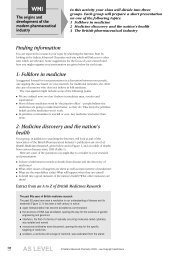
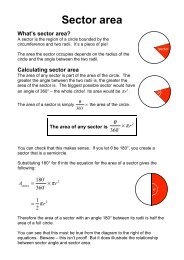
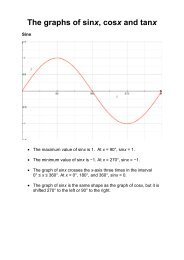
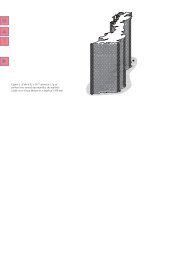

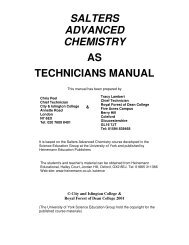



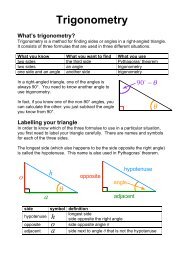
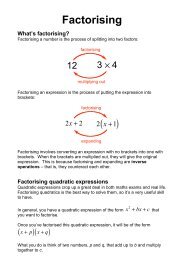
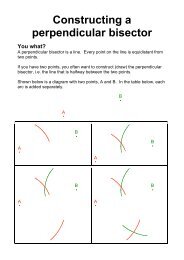

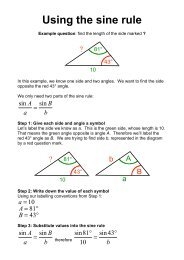
![ISI Web of Knowledge [v.4.10] - All Databases Results - Benjamin-Mills](https://img.yumpu.com/39253071/1/184x260/isi-web-of-knowledge-v410-all-databases-results-benjamin-mills.jpg?quality=85)